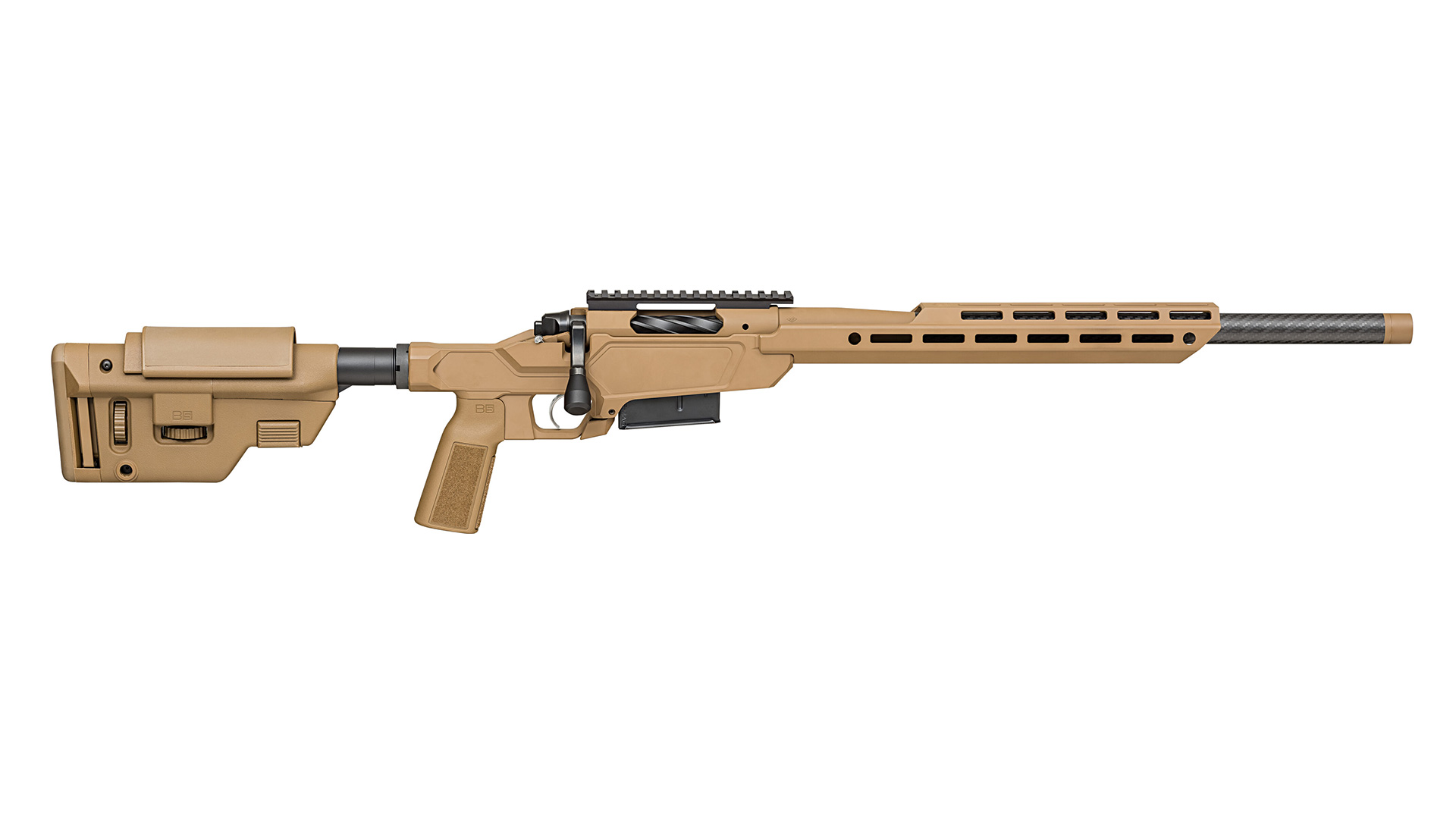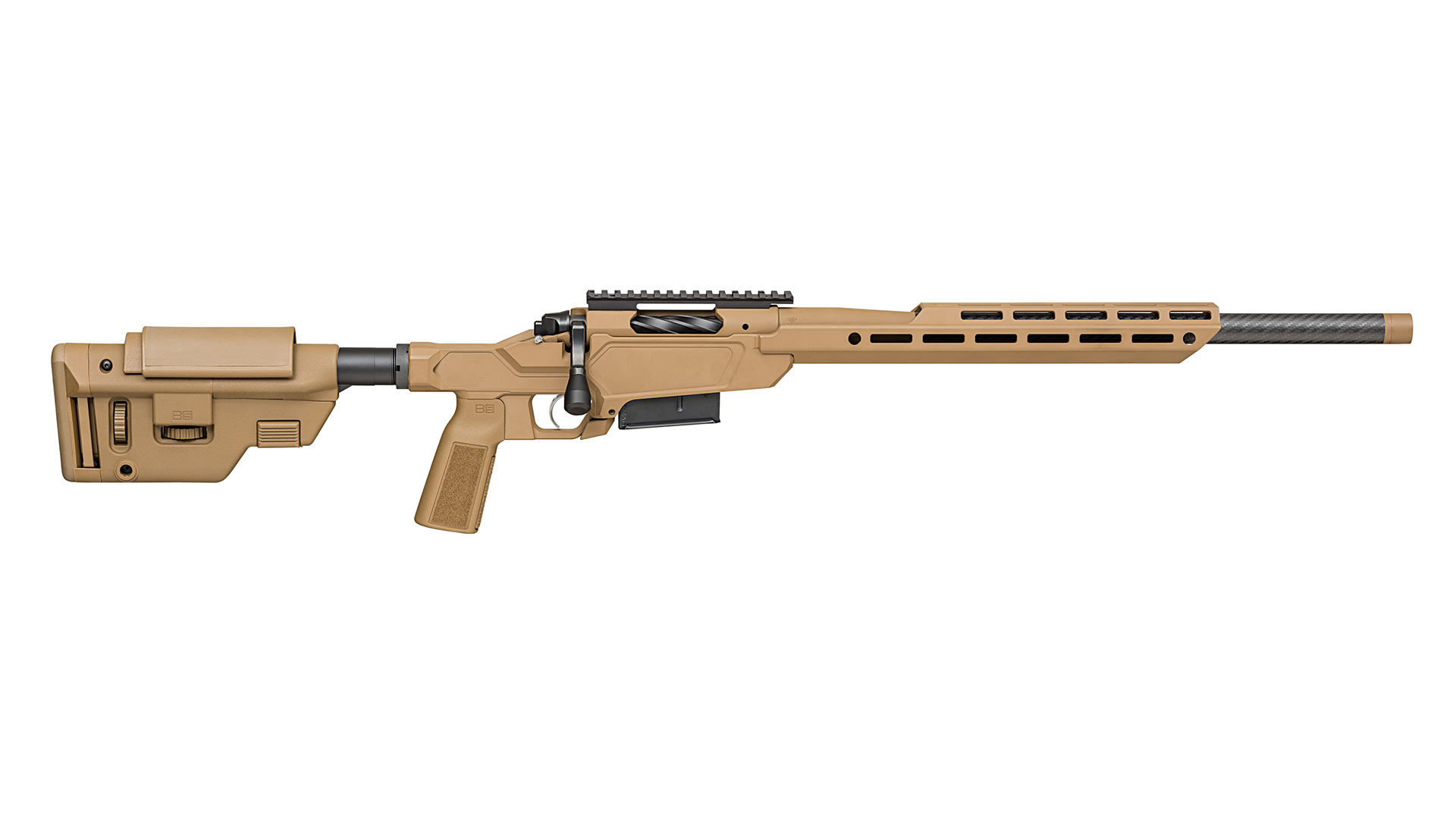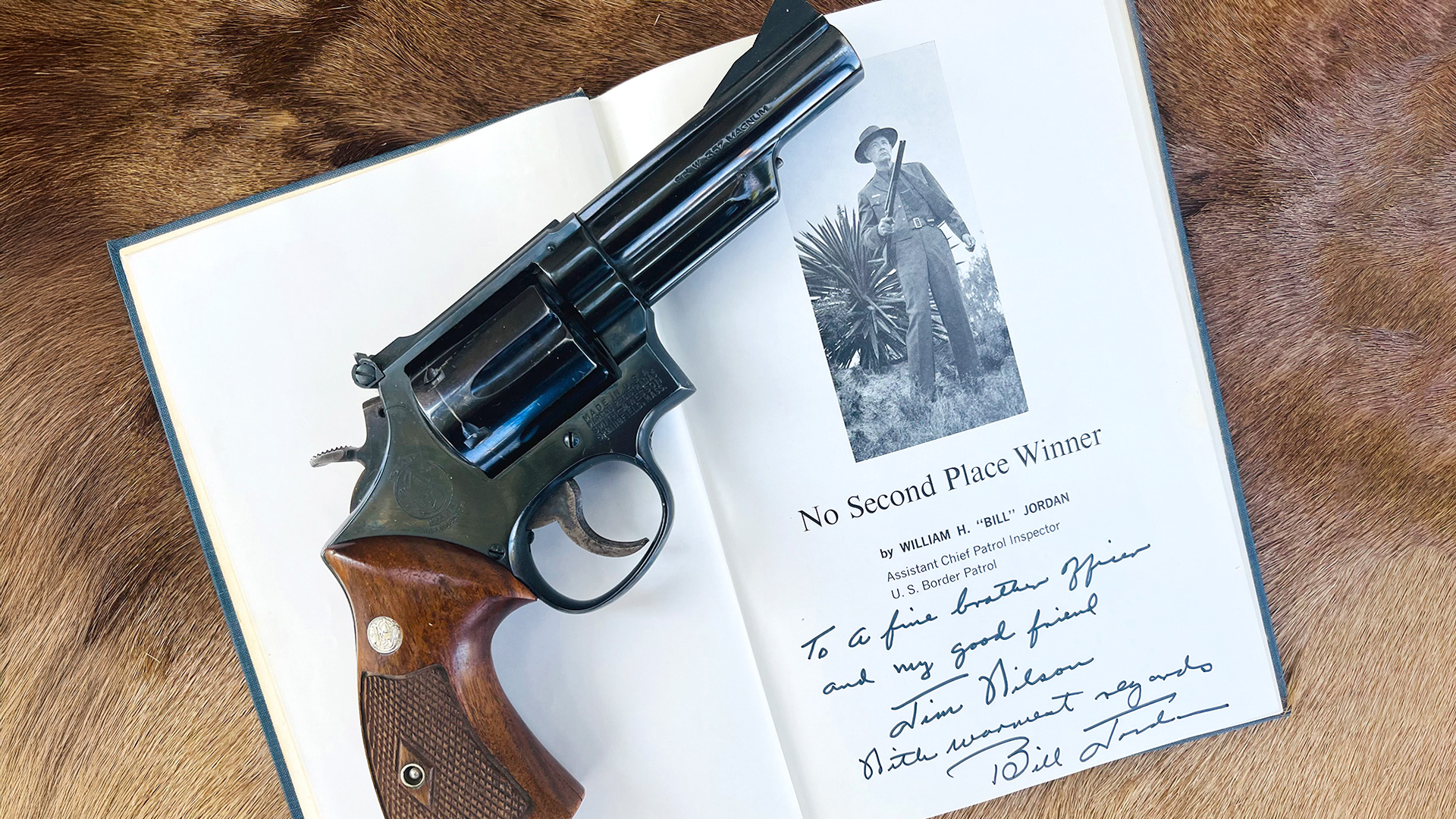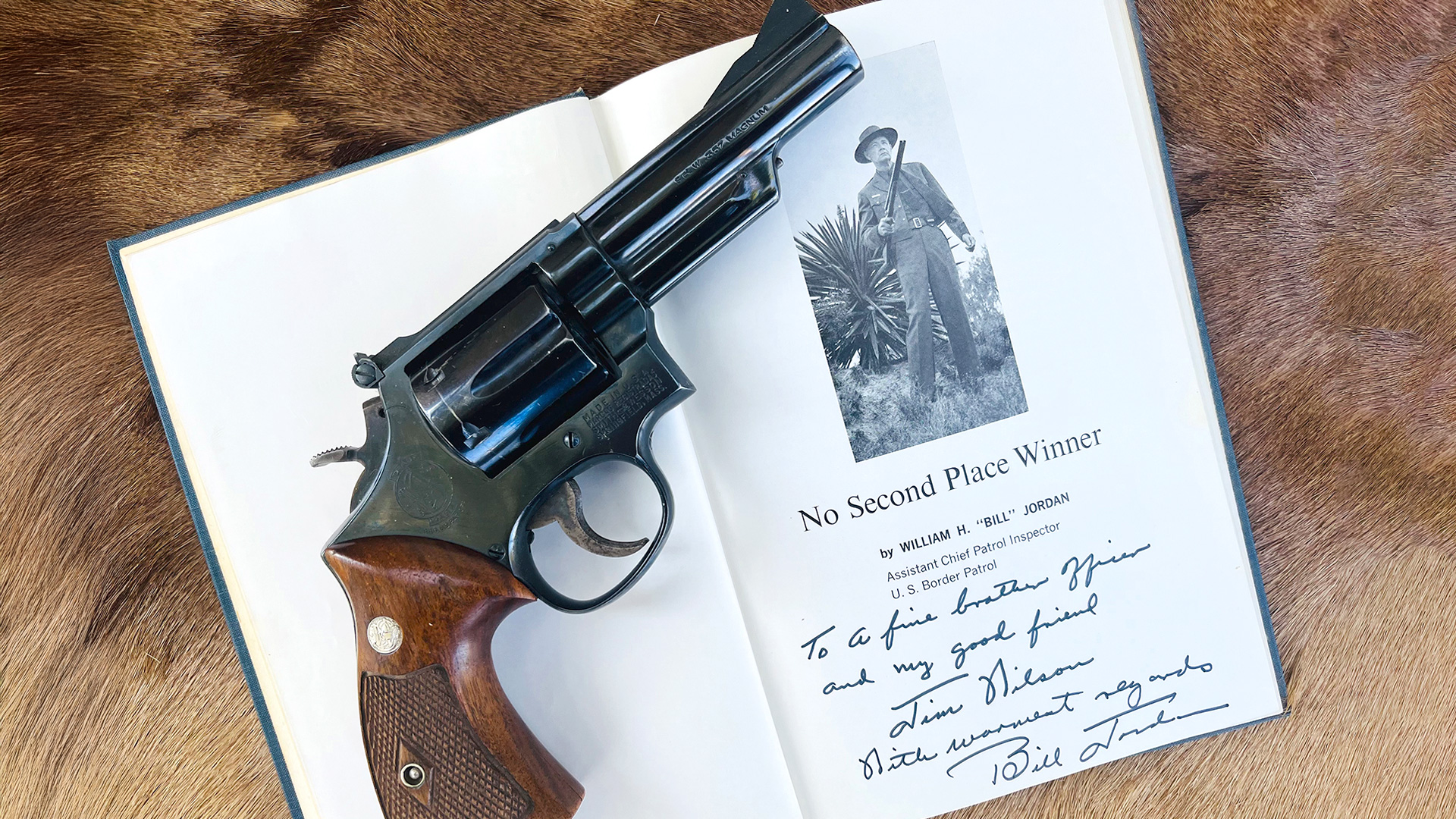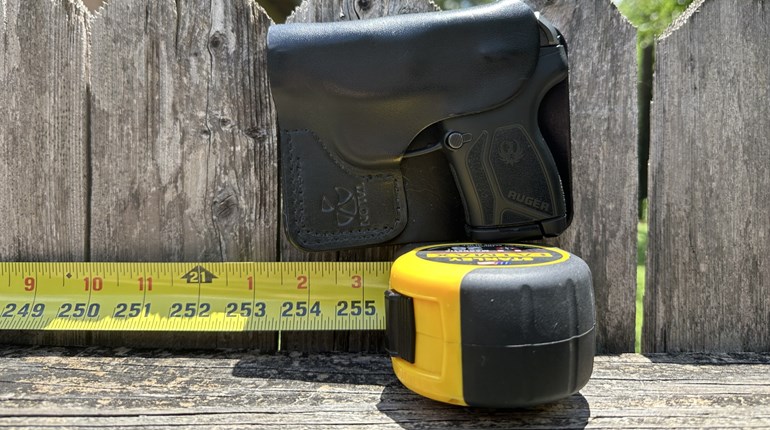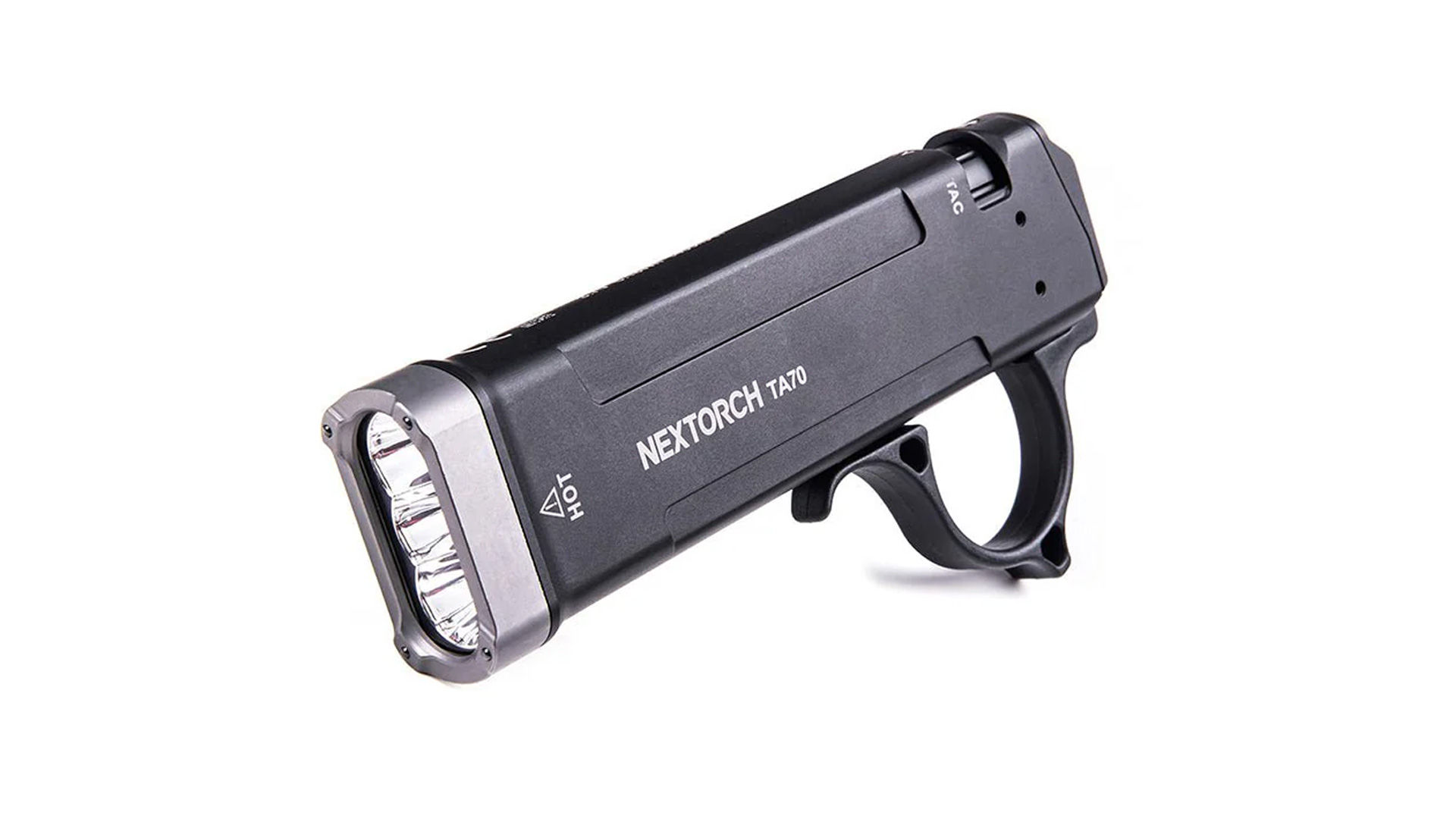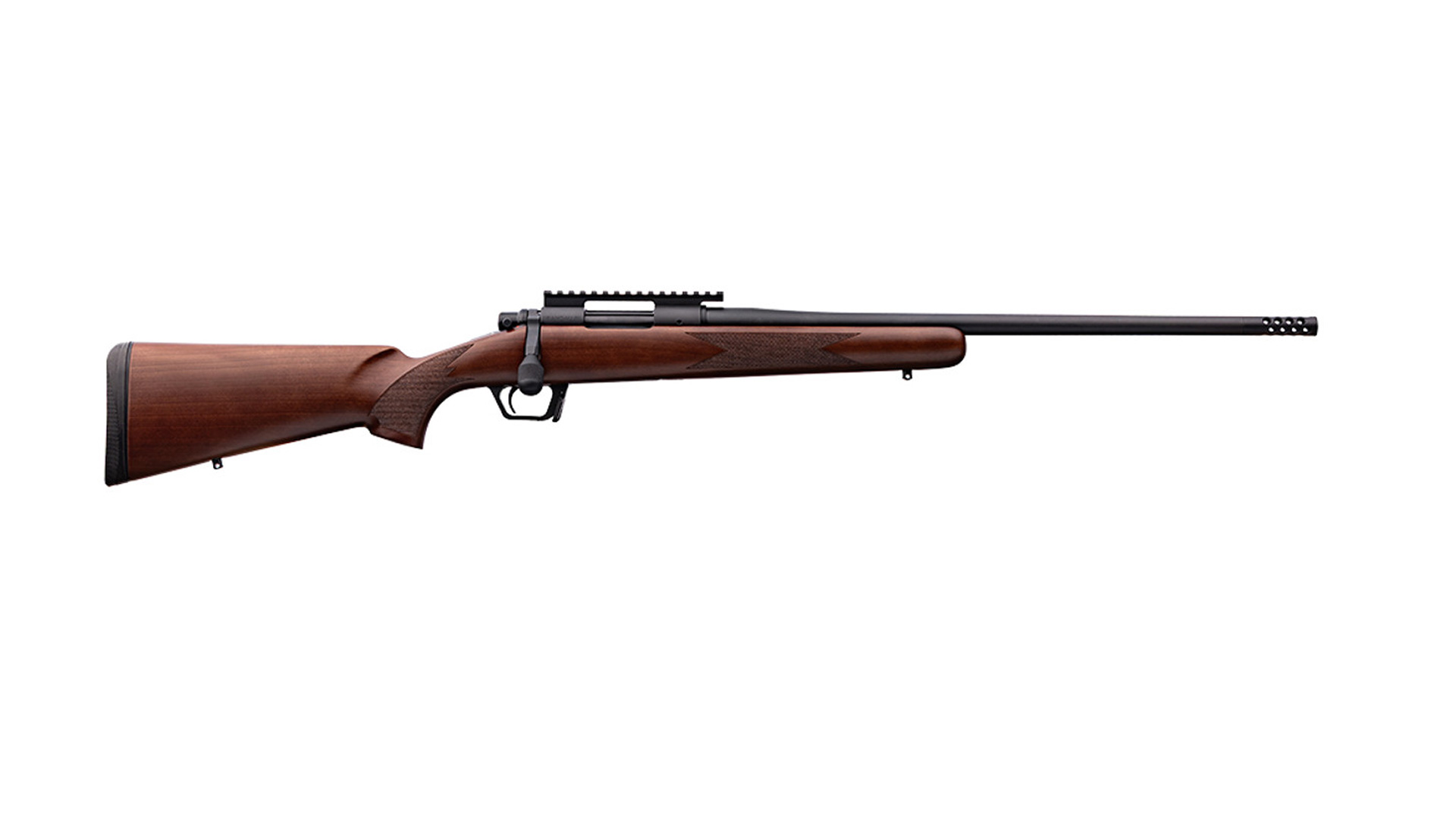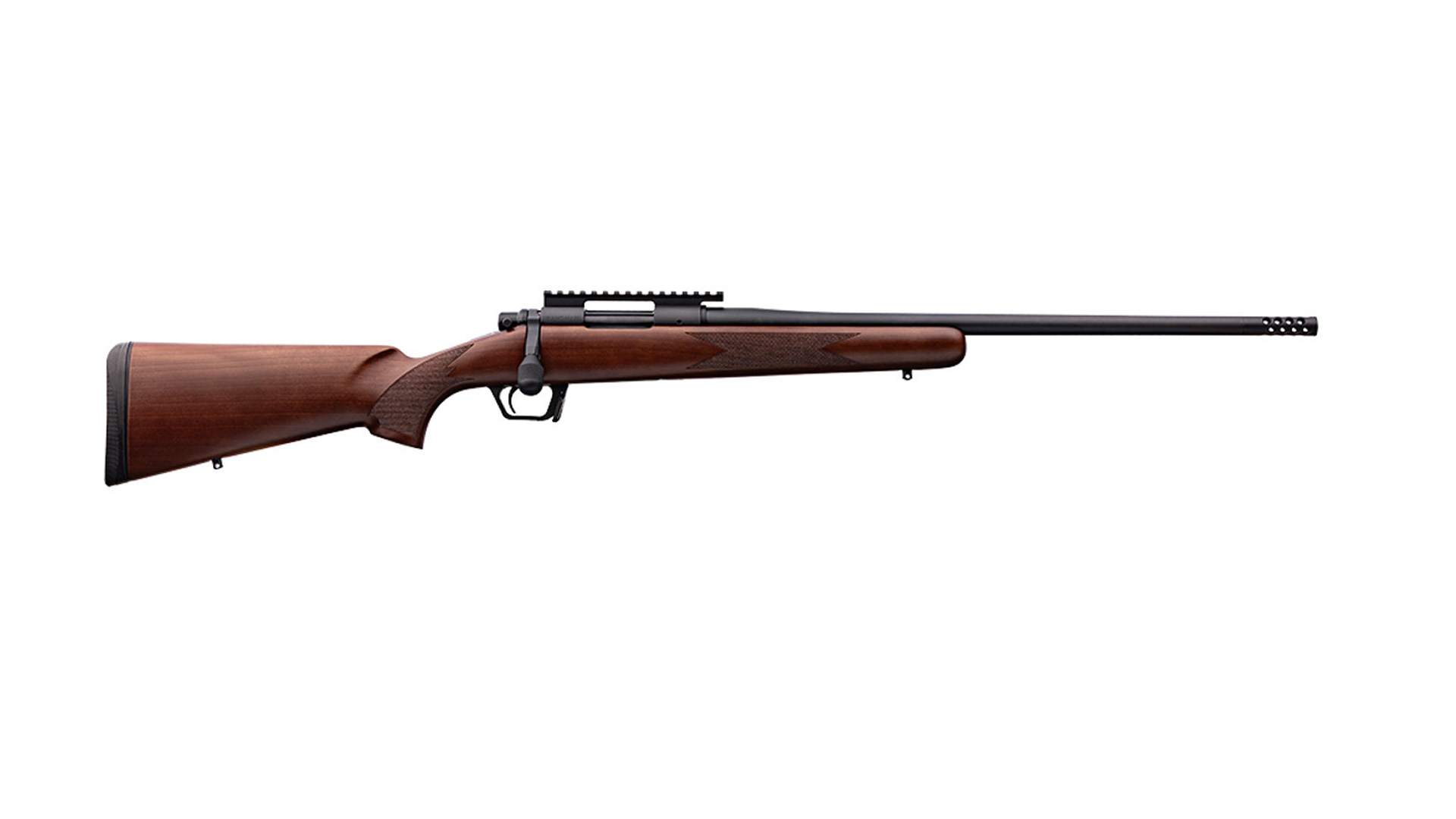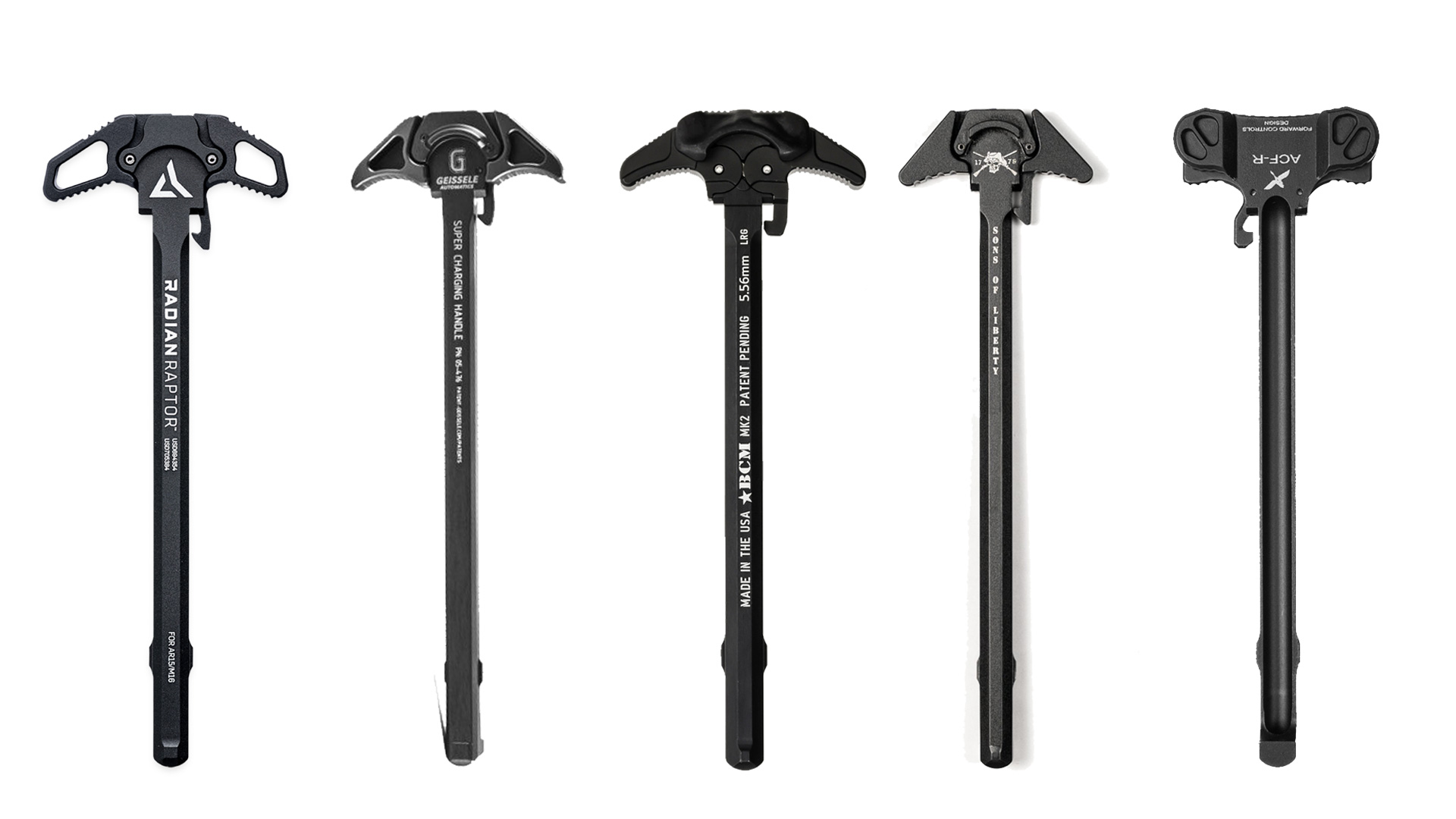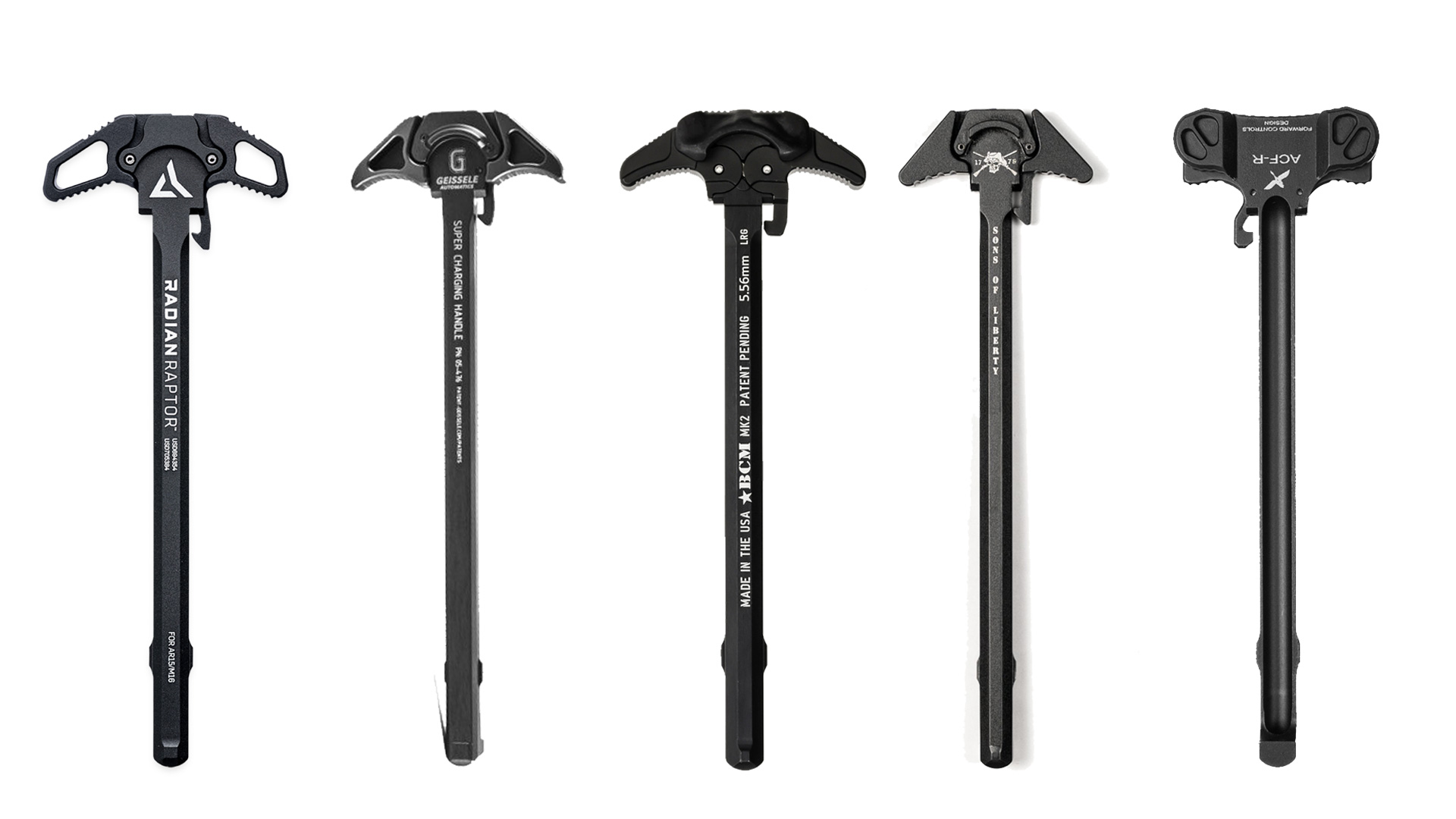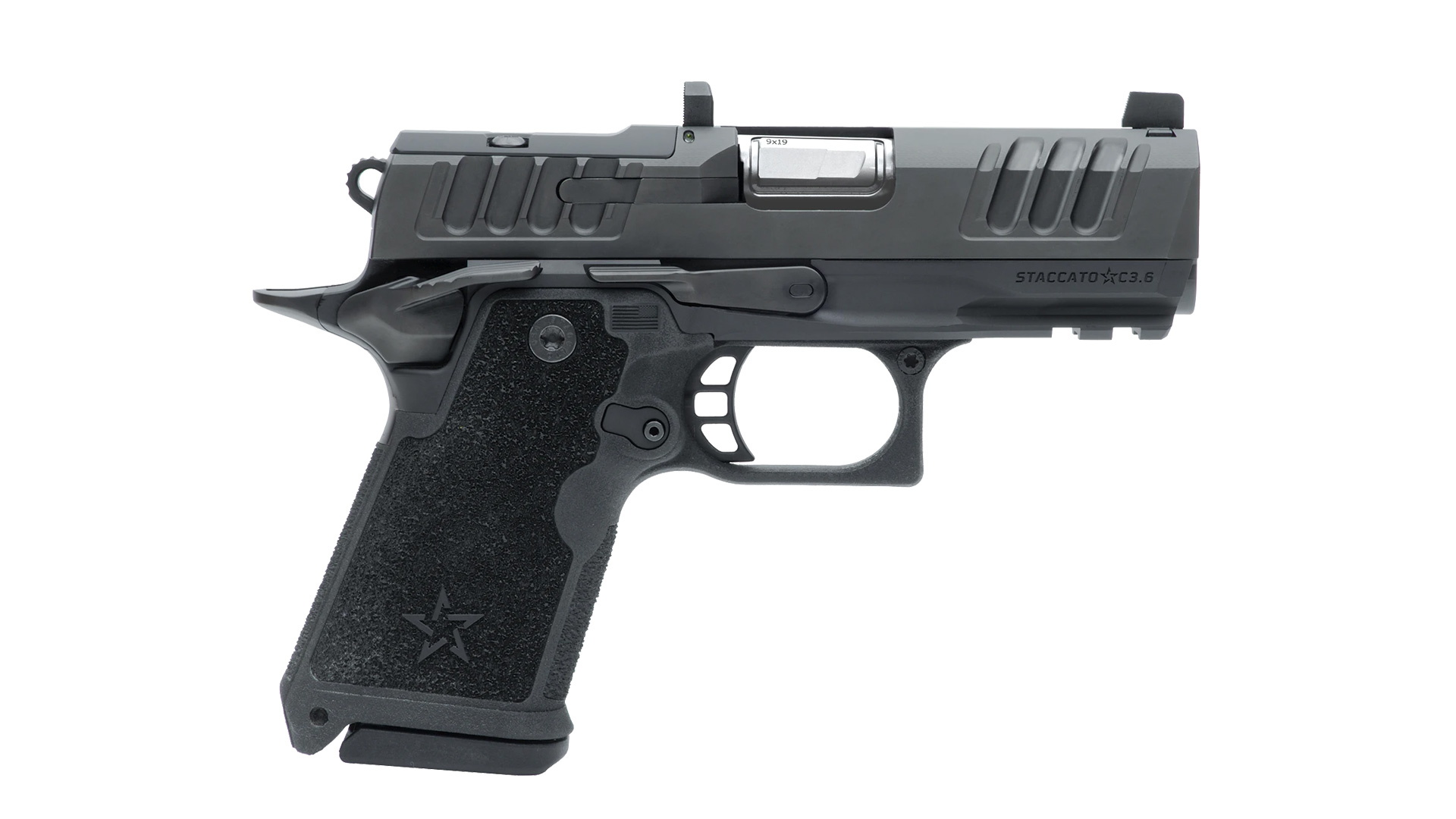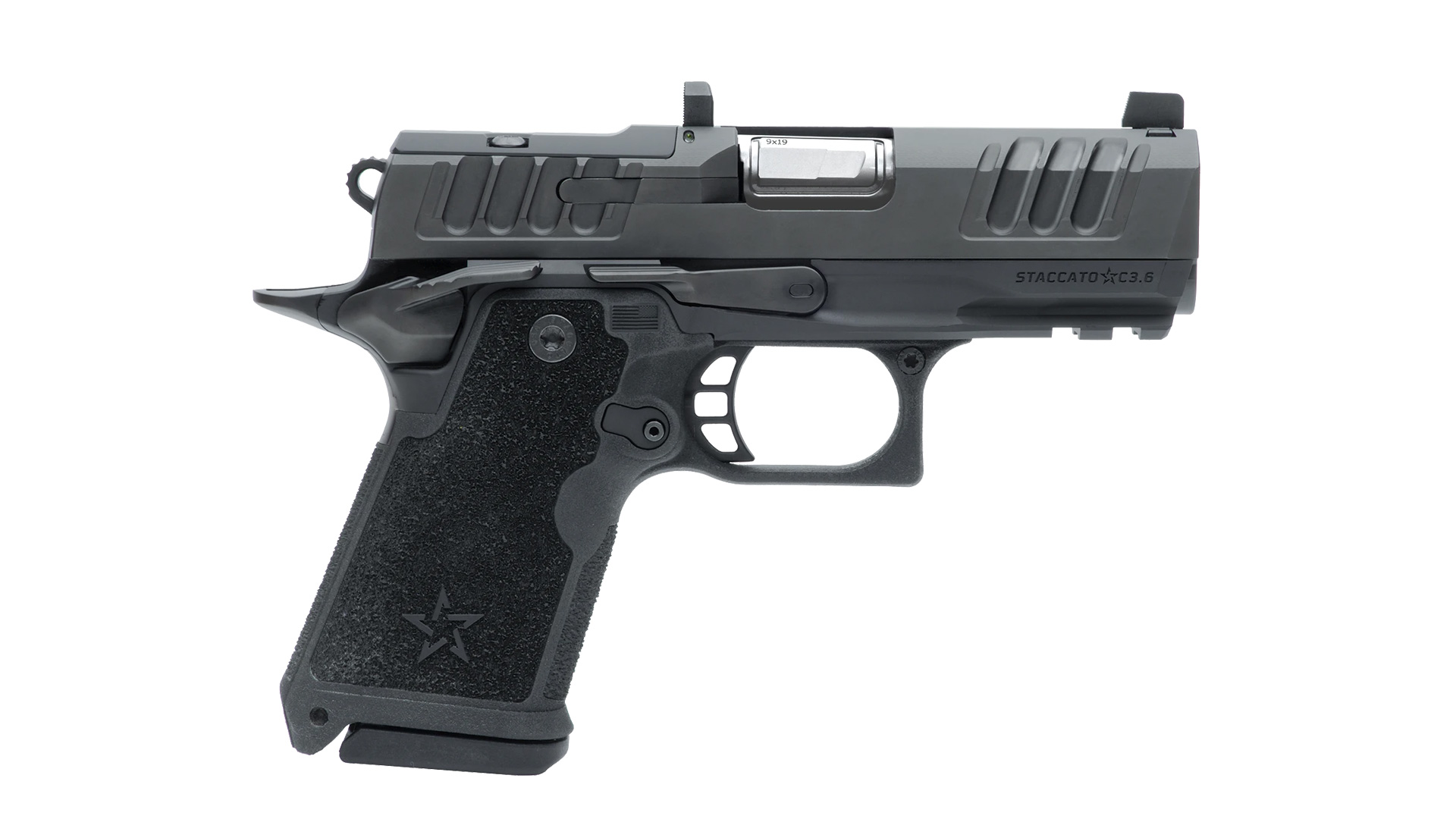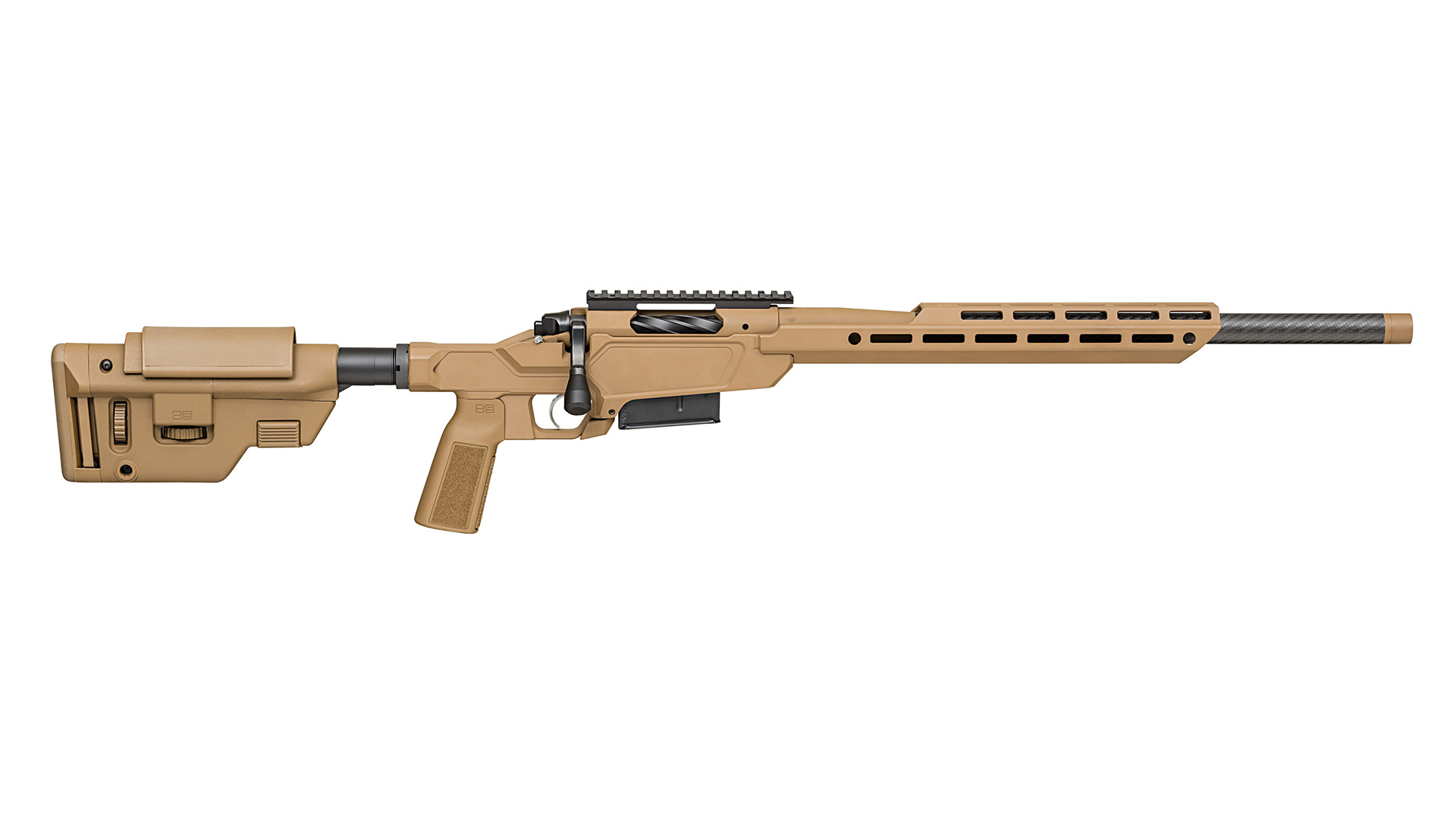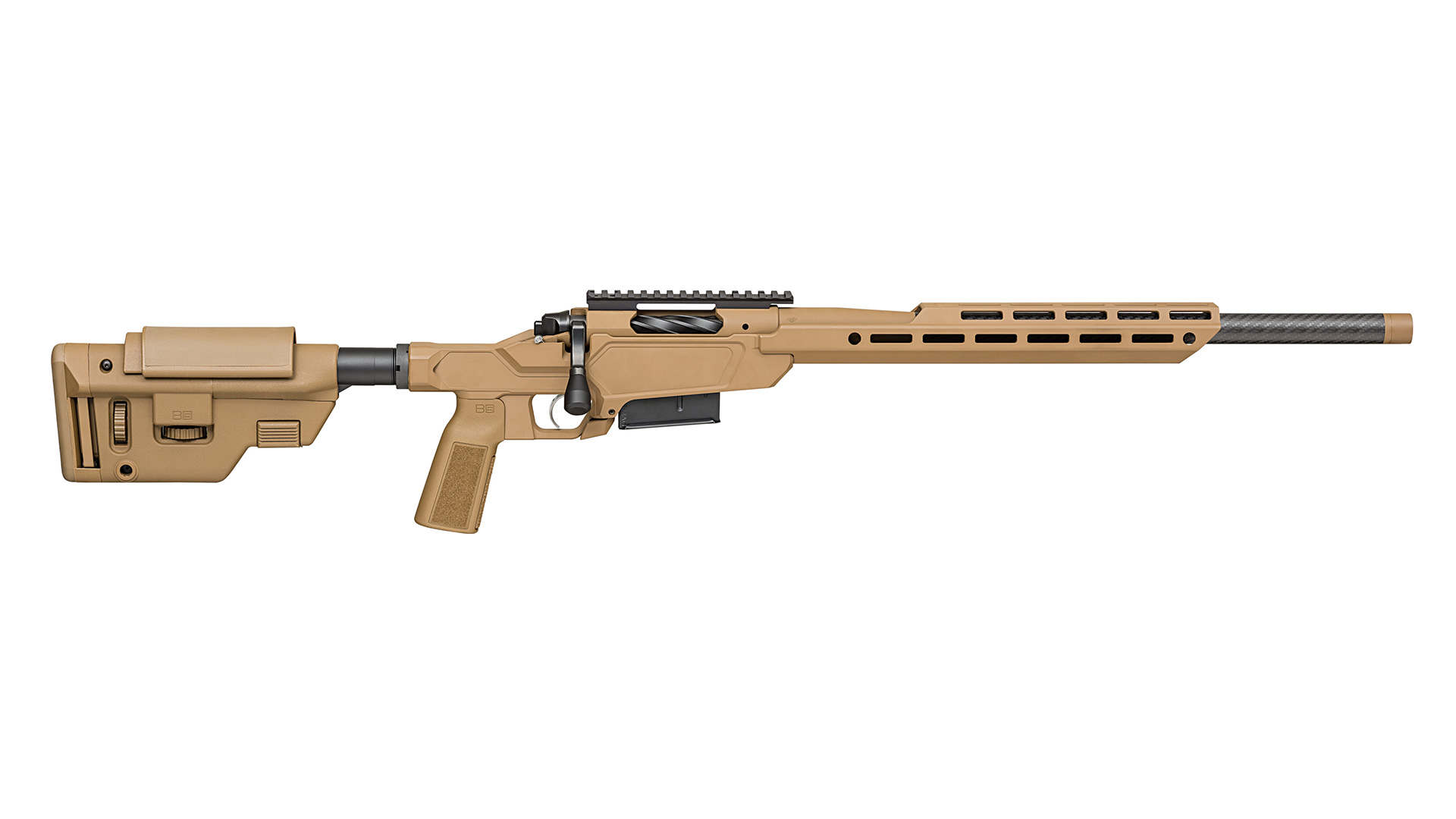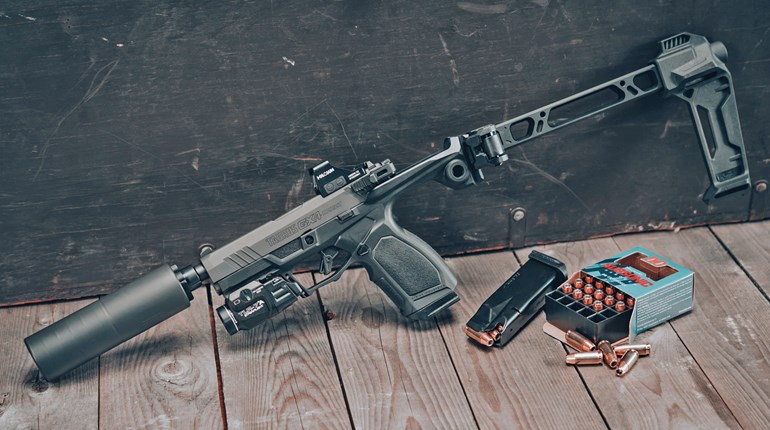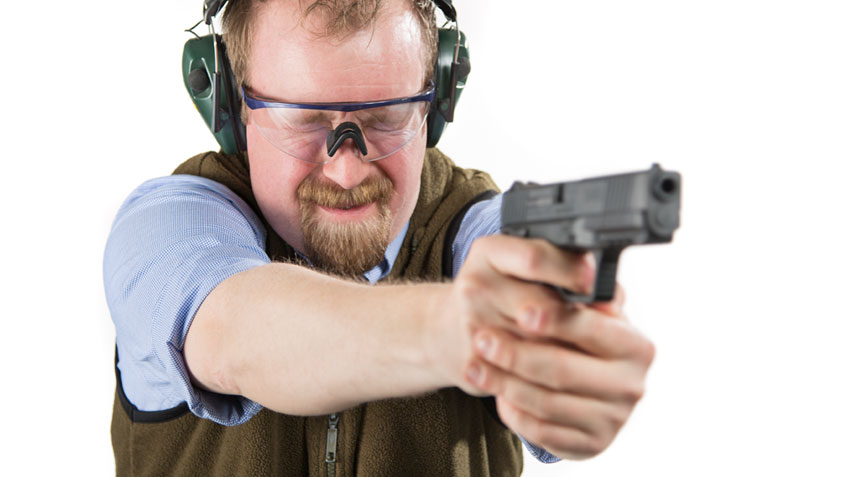
The Problem:
You are an experienced shooter, having moved up the ranks to mid- to upper-level classifications in several shooting disciplines, but you have never been able to consistently call your shots, especially when they didn’t go where you expected them to. Your suspicions were confirmed recently when one of your shooting partners commented that you close your eyes just before the shot is fired—nearly every time you pull the trigger. With that observation, you have tried unsuccessfully to stop blinking your eyes at the moment of discharge. Why are you flinching while shooting, and what’s the best way to overcome that problem?
The Solution:
Flinching is a common problem among competitive shooters, regardless of their level of capabilities. Many don’t realize it until they take a simple test to determine if their eyes are open at the moment the shot is fired. This involves whether they see one, two or both phenomena that happen every time the gun is fired.
Using the example of a semi-automatic pistol or rifle and assuming the eye is focused on the sights, both conditions should be visually recognized every time the trigger is pulled—if the eyes are open. The ejection port, where the fired cartridge exits the gun, is located between the sights that should be visually in the correct relationship to shoot accurately. You should see the brass leaving the gun every time it fires in your peripheral vision if your eyes are open.
Part two of the equation is the smoke, flash and blast that follows the bullet out of the muzzle. If your eyes were open and truly focused on the front sight, you should see the atmospheric disturbance caused by the propellant pushing the bullet out of the muzzle.
These are inarguable facts that happen every time the gun fires and help to confirm whether the eyes are open and where they are actually focused at the instant the discharge takes place.
Why you are flinching at a crucial time in shot delivery is a simple, but rarely addressed condition in firearms training that likely began with the first shot you ever fired. We have built in safety mechanisms in the brain (the amygdala) that automatically function without conscious thought to protect our bodies. Think about when you touch a hot object. You don’t have to think about moving away from it, you do it automatically without thinking. The brain is programmed at birth to protect the eyes because without vision, it is hard to locate safety. When firing a gun, two things happen that make the brain want to protect the eyes, which among other things involves closing them, perhaps ever so briefly.
The noise created by firing the gun and the movement of the gun during recoil toward the face terrify the brain, causing an automatic response of self-protection. This response manifests itself in many ways, but closing the eyes is the most prevalent. It doesn’t take many repetitions of this behavior to create a habit, which is reinforced with every shot fired. A shooter with your level of success has learned to suppress much of this response to the loud noise and movement in the visual field, without realizing the original habit of closing the eyes had not been fully addressed.
Now that you have recognized that blinking and/or flinching is a problem that needs to be overcome, you have to work to break the habit psychologically and physically. The quickest way I have found is by proving to the brain that the recoil of the gun is of no consequence to the preservation of your vision or your personal safety. This can be done with your gun, ammunition and a safe backstop to shoot into. The idea is to watch the gun recoil in your hands while minimizing distractions such as a target or other people shooting close to you.
Fire your first shots by looking at the left side of the muzzle if you are right-handed and the right side if you are left-handed, keeping your head from being positioned directly behind the gun. Watch the muzzle lift and settle for a few shots just to see how little the gun actually moves when it fires. Then, switch to looking at the other side of the muzzle for a few shots and finish up by looking at the back of the gun as it moves during firing. If the blinking is a result of noise, simply listen to and focus on the sound of the gun as it discharges for a few shots. This may even be done with the eyes closed in a safe environment.
This drill can be repeated from time to time if desired, but it proves to the brain that the movement of the gun is of no consequence to your personal safety. Additionally, practicing the “Wall Drill” with the primary goal of maintaining hard focus on the front sight through the break of the trigger will help with weeding out the bad habit of blinking and also aid in improving your marksmanship performance. When you are able to see the smoke, flash or blast at the muzzle and the brass from the ejection port when you pull the trigger, you’re good to go.




